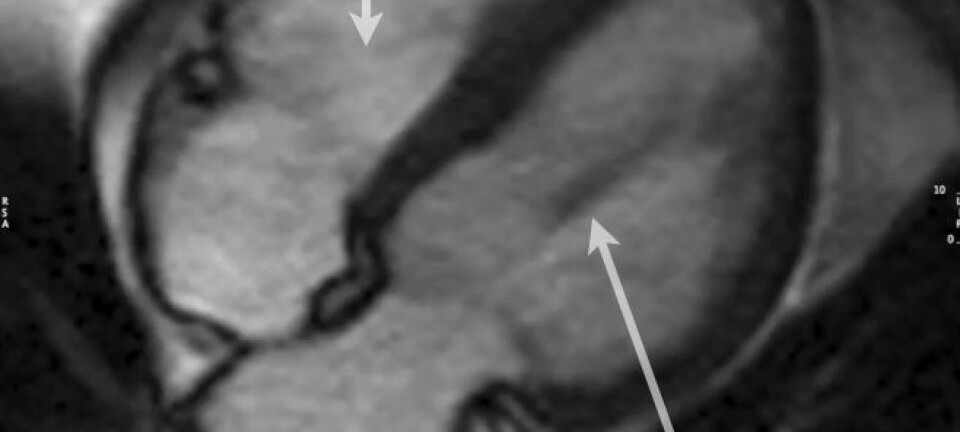
Strong women less prone to get diabetes
Women who work out and build muscle regularly are less likely to contract type 2 diabetes.
Denne artikkelen er over ti år gammel og kan inneholde utdatert informasjon.
If you are over the age of 30 and work out weekly with weights or corresponding contraptions found in gyms, you are reducing your risk of developing type 2 diabetes.
If you also jog or do aerobics or other kinds of aerobic activity once a week, the odds are even more in your favour, according to new research.
A study showing this benefit was recently published in the journal PLOS Medicine.
150 minutes a week
The researchers came to this conclusion after collecting and analysing information from nearly 100,000 female nurses aged 36-81 who had participated in two other studies in the USA.
Researcher Anders Grøntved of the University of Southern Denmark was one of the contributors.
“We see around a 30-40 percent lower risk of diabetes among women who report more than 150 minutes a week of muscle strengthening activity, as compared to women who are not engaged in such activities,” says Grøntved.
In 2012 he published research showing that men who did muscle strengthening activities were less prone to getting type 2 diabetes than men who didn’t.
Yoga helps too
Grøntved and his American colleagues from the Harvard School of Public Health and Harvard Medical School point out that traditional strengthening exercises are not the only preventive measures that can lower the risks of developing type 2 diabetes.
Lower intensity muscular conditioning such as yoga, stretching and toning also help.
“Yoga can be good for increasing and maintaining muscle strength and conditioning,” the researchers said.
Grøntved says a combination of strengthening exercise and moderate to intense condition training is even more beneficial, reducing the risk of diabetes 2 by around 60-70 percent.
The latter was true for women in the study who engaged in conditioning exercise such as swimming and jogging at least two-and-a-half hours a week and also undertook muscle strengthening exercises at least one hour per week.
Not astounding
Grøntved is not surprised that strength training and other physical activity that builds muscle can have a preventive effect for type 2 diabetes.
But earlier studies have primarily linked this benefit only to conditioning rather than exercise like pumping iron.
“Our study points out that muscle strengthening exercise is a good alternative for women who find it hard to motivate themselves to do condition training,” he says.
Nevertheless, jogging or daily strenuous walks are still highly recommended:
“From what we know about the effects of aerobic exercise, in terms of cardiovascular disease for example, our general recommendation is to engage in daily activities that promote fitness,” says Grøntved.
People who exercise are less inclined to develop diabetes. But the scientists cannot say that weightlifting, for instance, is the only direct reason.
Both obesity and insufficient physical exercise are major risk factors for this chronic lifestyle disease.
Reference:
Grøntved A, Pan A, Mekary RA, Stampfer M, Willett WC, et al. (2014) Muscle Strengthening and Conditioning Activities and Risk of Type 2 Diabetes: A Prospective Study in Two Cohorts of US Women. PLoS Med 11(1): e1001587 doi:10.1371/journal.pmed.1001587
---------------------------
Read the Norwegian version of this article at forskning.no
Translated by: Glenn Ostling


































